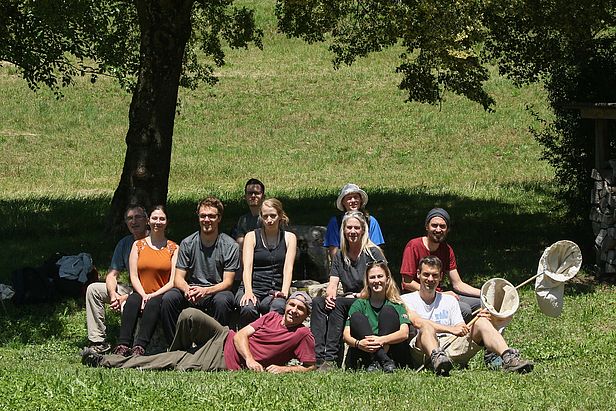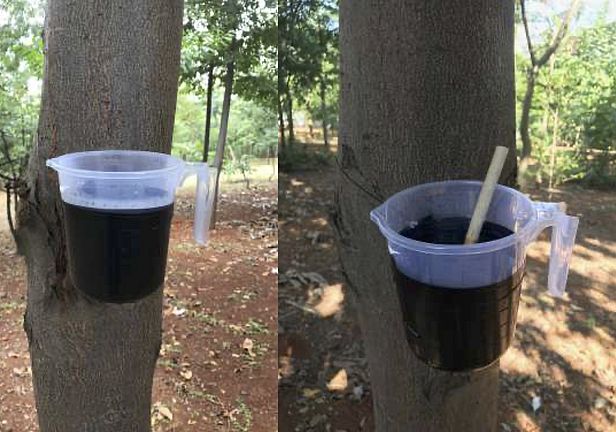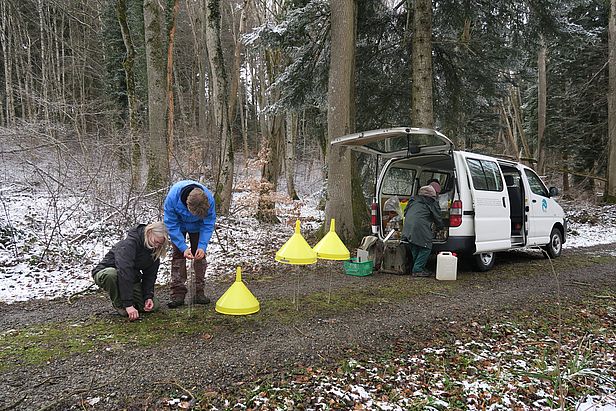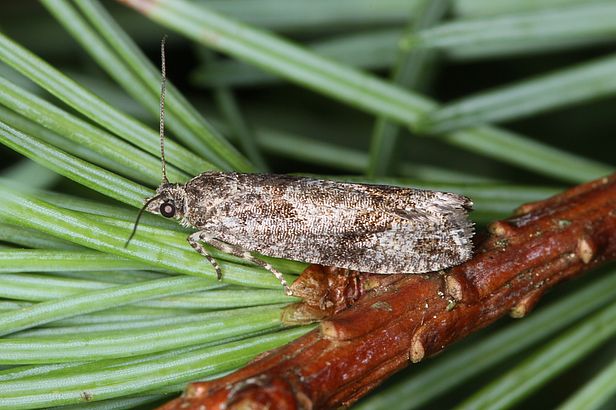
Forest Entomology ¶
Head: Dr. Martin Gossner
Contents ¶
Our group Forest Entomology investigates forest insects in their broadest sense: ecology of potential forest pests, natural enemies, diversity of forest insects.
Research topics ¶
- Infestation dynamics of bark beetles, effect of natural enemies
- Interactions between host trees and bark beetles
- Recolonization of windthrow and wildfire areas by insect communities
- Dependency of dead wood (saproxylic) insects on tree and stand characteristics

Projects ¶
Mitarbeitende ¶
Forest Entomology
Groupleader |
|
Technical staff member |
|
Technical staff member |
|
Postdoctoral Scientist |
|
Master student |
|
Scientific staff member |
|
Trainee |
|
PhD student |
|
Temporary employee |
|
PhD student guest |
|
Temporary employee |
|
Temporary employee |
|
PhD student |
|
Master student |
|
Scientific staff member |
|
Visiting scientist |
|
Trainee |
|
Trainee |
|
Visiting scientist |
|
Trainee |
|
Visiting scientist |
|
Apprentice |
|
Temporary employee |
|
Visiting scientist |
|
lab technician |
|
Trainee |
|
PhD student guest |
|
Visiting scientist |
|
Visiting scientist |
|
Visiting scientist |
|
Temporary employee / Scientific staff member |
|
Technical staff member |
|
Civilian service employees |
|
Postdoc |
|
PhD student |
|
Visiting scientist |
|
Visiting scientist |
Call to participate in a global experiment ¶

We propose a global protocol to assess human impacts on forest ecosystems using experimental microcosms. The main question we aim to address is:
How do current and future climatic conditions, forest habitat degradation and management, influence biodiversity and ecosystem functioning in water filled microcosms worldwide?
Interested? Please contact Martin Gossner
The field season has started! ¶

In March, the insect traps for the Lothar projectwere installed so that early flying insects could also be detected.
The larch tortrix is back ¶

Nearly 40 year after the last major outbreak of the larch tortix (Zeiraphera griseana) in the Upper Engadine, large-scale defoliation of larches due to the larvae of the larch tortrix could be observed this year. Beat Wermelinger reported in Swiss television (in German).